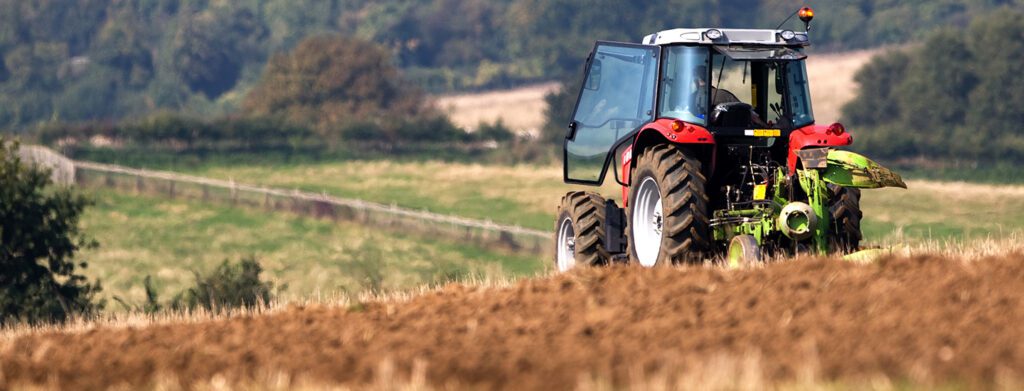Author
Farmers are experiencing challenging times. The spring flush of milk will cause further downward pressure on farmgate prices which have already reduced by a third since 2014. A predicted over supply of wheat to the world markets will be reflected in lower prices and with thousands of farmers still waiting for their BPS payment, there is a need to cut overheads.
Some businesses have spread costs and taken advantage of economies of scale, taking on the role of contractor for other farmers or landowners. Others have embraced share farming, jointly farming land with a neighbour and sharing the cost and risk. The two arrangements, contract farming and share farming are commonly confused and the terms used interchangeably. Here we try to clear up some of that confusion.
A Contract Farming Arrangement
This is where a farmer (Giles) agrees with a farmer or contractor (Jones) that Jones will supply the labour and kit and machinery to farm Giles’ land.
In a properly documented arrangement (which, most importantly, the parties stick to), Giles can continue in business, managing the land and directing what Jones needs to do, and when. Giles opens a bank account which is used to pay all the fixed costs and to receive any income derived from the venture.
Done in this way, Giles can preserve his trading position for VAT/income tax, occupy and control the land for the purposes of the Basic Payment and inheritance tax reliefs. Most importantly, Giles can release some working capital and benefit from the economies of scale that Jones brings.
We commonly see arrangements lasting 3 – 5 years. Giles provides the land, buildings, fixed equipment and Jones provides the labour and machinery in return for a fixed fee. The fee to Jones is paid in advance of any payment to Giles. Giles is therefore taking the risk on the venture. However, it is typical to also see an incentive arrangement which allows Jones to be paid a bonus calculated as a certain percentage of the profit.
A Share Farming Arrangement
If Giles and Jones enter into a share farming agreement they agree to jointly farm or share the same holding. Giles and Jones receive a share of the actual commodity produced as their return; Jones does not receive any fixed fee or bonus. The parties share the profit and the risk. Neither of them can expect a guaranteed return.
Despite that, it is structure that is commonly used for both arable and livestock farming. The parties share in contributing the inputs to the business, for example, Giles might contribute the land, buildings and the livestock and Jones might contribute the labour and the machinery. Giles might agree to pay for all the farm repairs and maintenance and Jones pays for the repairs to the machinery. There are no hard and fast rules. The parties simply agree at the outset the proportions in which they will bear the fixed costs and share the proceeds of the crops, sales or subsidies. In this arrangement there is no bank account and each party manages his own accounts.
It is an extremely flexible arrangement and one which is often used by farmers wishing to ease off the pace and give young farmers or new entrants opportunities to farm without having to raise the capital to do so.
The drive and innovation from Jones coupled with the experience and assets of Giles has the potential to create the perfect synergy.
Whichever route is taken will always depend on the circumstances of the parties involved. Age, health, appetite for risk, tax implications and income requirements will all be influencing factors. Both provide opportunities to spread the risk and the costs. Once the decision has been made on the rate to follow, the terms must be recorded in writing and adhered to by the parties.
For more information please contact Vivienne Williams, Partner in our Agriculture team, on 0117 906 9302 or email Vivienne.williams@michelmores.com.
Print article

